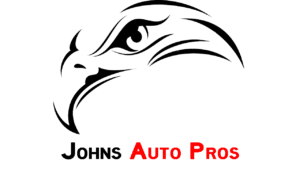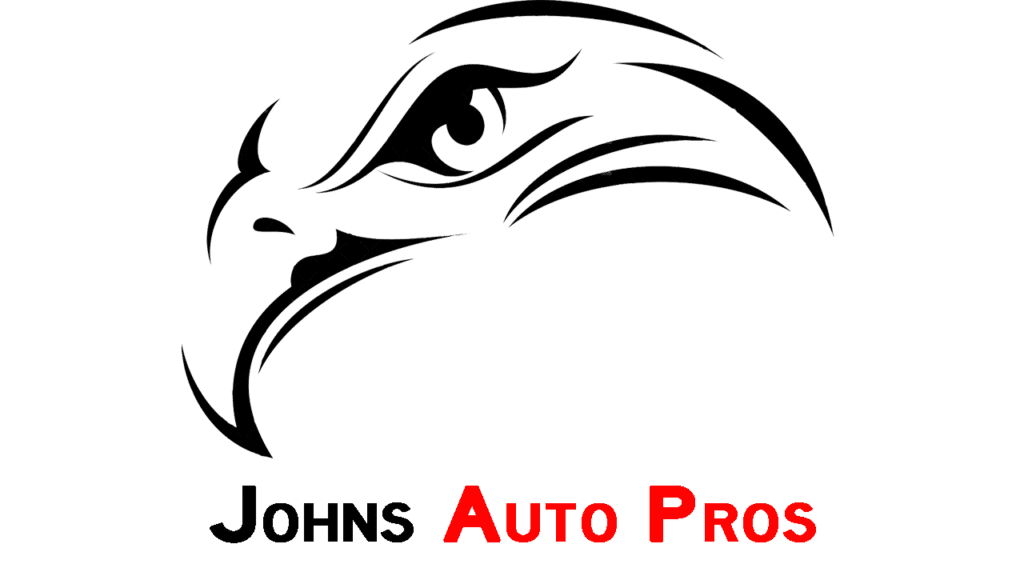Electrical
Basic Description
The charging system includes the alternator, voltage regulator, and connected wiring. Its purpose is to keep the battery charged while the vehicle is being operated. The starting system includes components such as the ignition switch, starter motor, battery, and connected wiring. The starter motor rotates the engine until it can rotate on its own power.
Technical Description
The alternator is connected to the accessory drive belt system. As the belt turns, it spins the alternator. The alternator produces an AC voltage that is converted to DC voltage by the bridge rectifier. A normal output voltage of the alternator is 14.4 volts — enough to charge a 12 volt battery. When a vehicle is started, current flows from the closed ignition switch to the starter solenoid. Sometimes the park/neutral safety switch is placed in this circuit and will only allow current to the starter if the transmission is placed in Park or Neutral. Once the starter solenoid is activated, it pushes the starter pinion gear outwards so that is engaged with the flywheel ring gear. At the same time, it also allows current to flow to the starter motor, causing the pinion gear to spin. The spinning pinion gear rotates the flywheel until the engine can rotate on its own.

